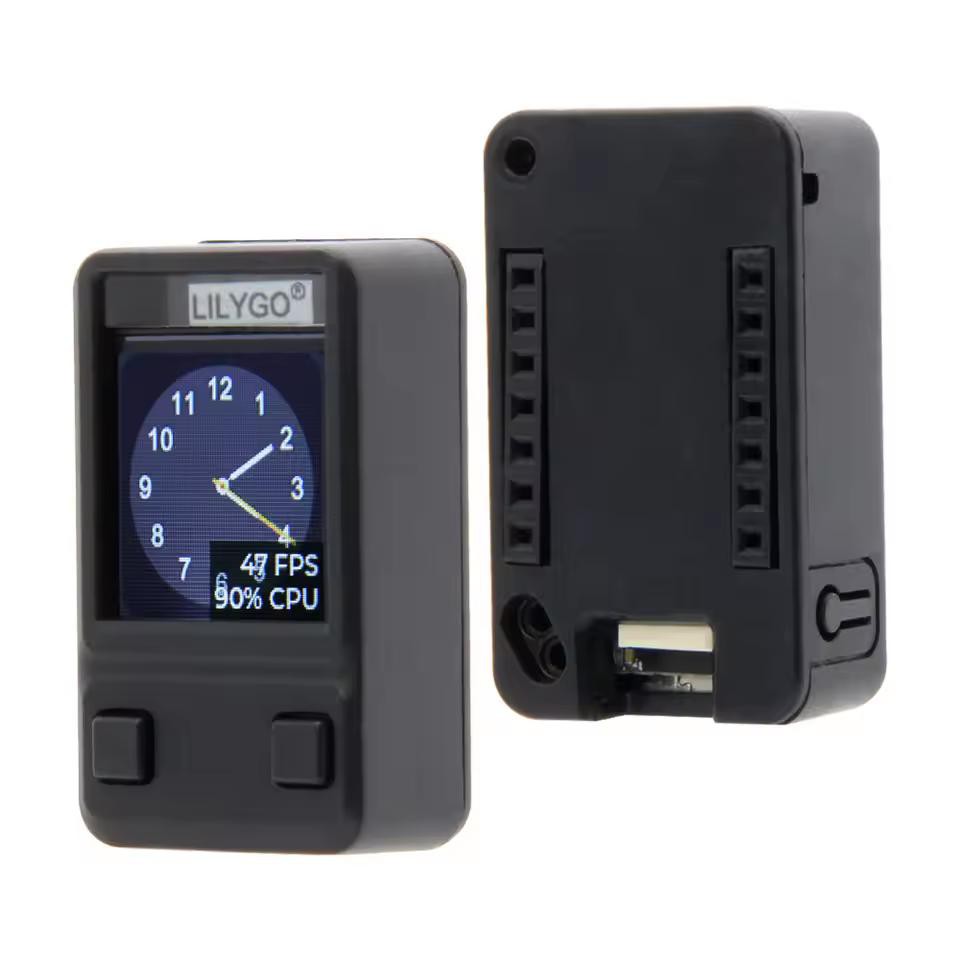
Since I'm reaching the end of the new old-fangled stuff, that is, new discoveries in my junk, er spare, box, it's time to switch to old new-fangled stuff, that is, things I bought in the recent past because I got tempted and that I planned to get a round tuit making something with, but are in danger of becoming passé because technology constantly advances and becomes better value for money.
Another reason for using up my Xtensa based ESP modules is because Espressif has moved away from the Tensilica Xtensa ISA to the RISC-V ISA as the ESP32-C3 shows. While a GCC toolchain exists for the Xtensa ISA, it's likely that in future the RISC-V ISA will have better support due to greater market share. Plus the RISC-V architecture is standardised, royalty-free, and a 64-bit ISA has been specified.
So the first thing to do is make an inventory of all the ESP modules that I collected. I will start with the newest acquisitions.
The module in a case (online ads call it a shell) in the top picture is a Xinyuan LilyGo T-QT containing an ESP-S3 module with a display and buttons. It was a freebie from points accrued at PCBWay. It was so small in the pill case, only about the size of a 28-pin DIP IC that at first I thought they had sent me a roll of solder by mistake. The picture, larger than life size unless you're viewing on a phone, shows a CPU monitor but that's just the application running on it. The pinout diagram shows the resources available:
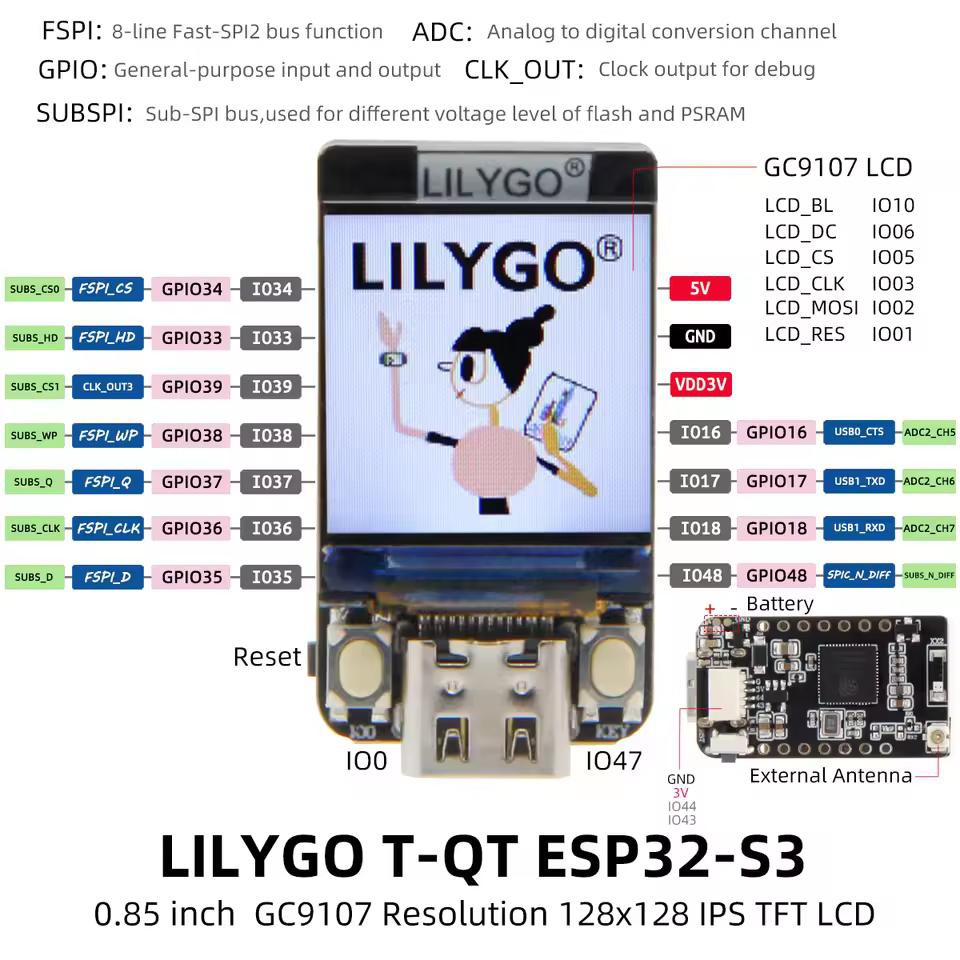
Next is a Seeed Studio ESP-C3 that took my fancy because it was so small. The picture is larger than life size too.
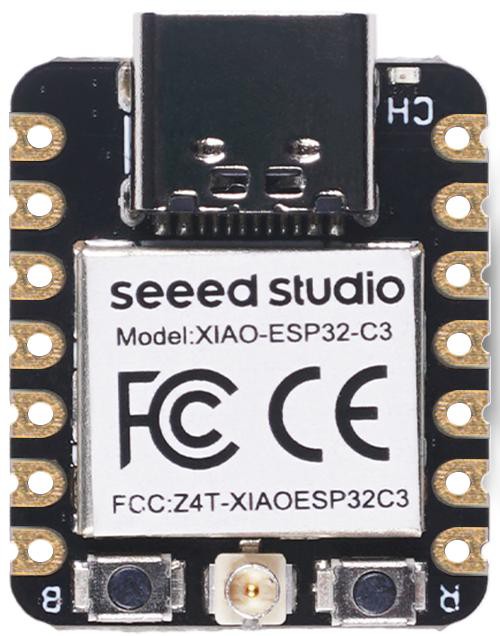
This differs from the other modules in this inventory because it's RISC-V based rather than older Xtensa based. But with a suitable toolchain and libraries the differences won't matter.
Next older is an ESP-WROOM-32 module which was often advertised for NodeMCU, but it can be used with other embedded toolchains. It was too cheap to resist (familiar story).
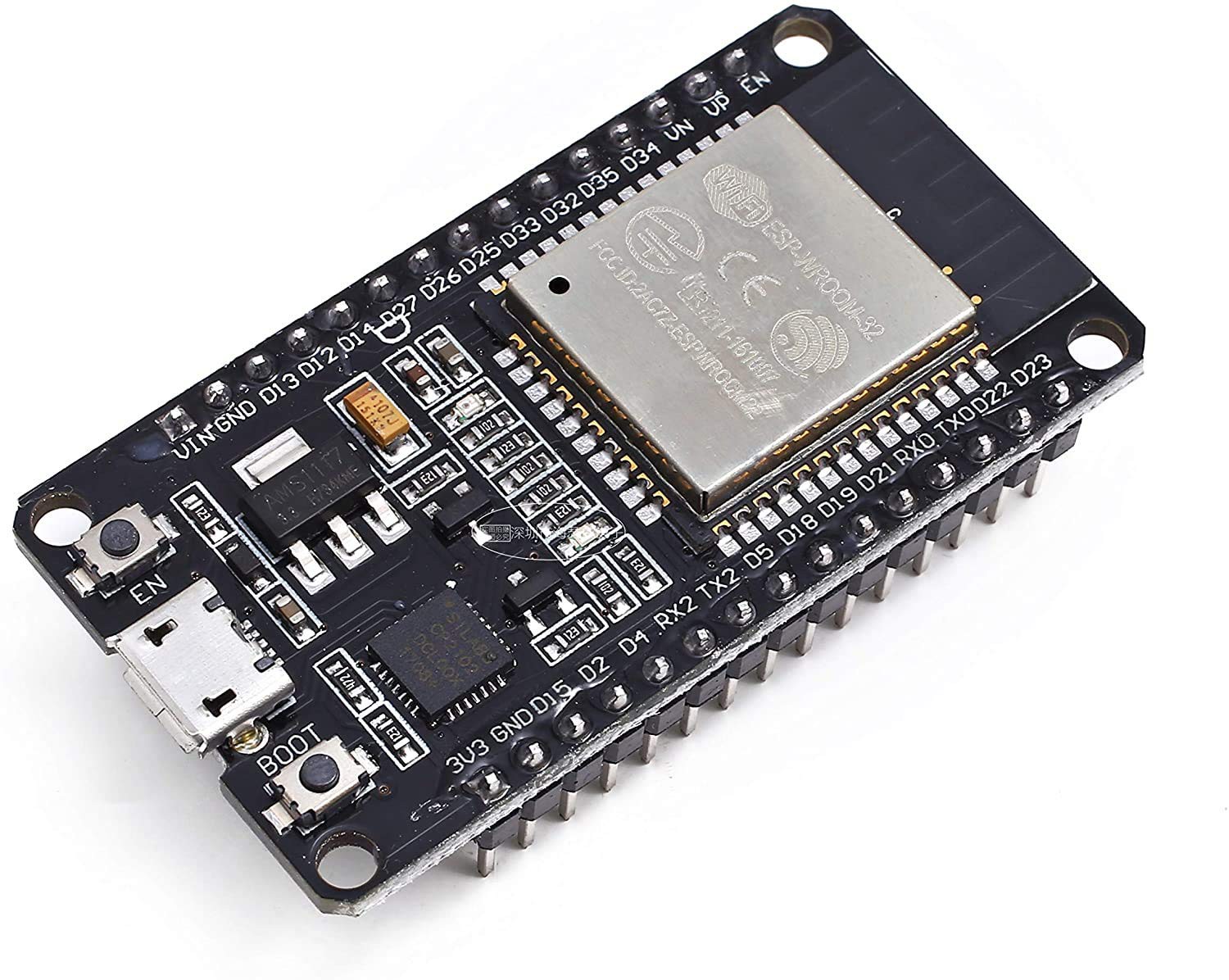
Then a WEMOS-D1-R2 8266 module which is in the Arduino Uno form factor and I thought could be Arduino on steroids, well WiFi. I even tested a technique involving Lua coroutines for display multiplexing.
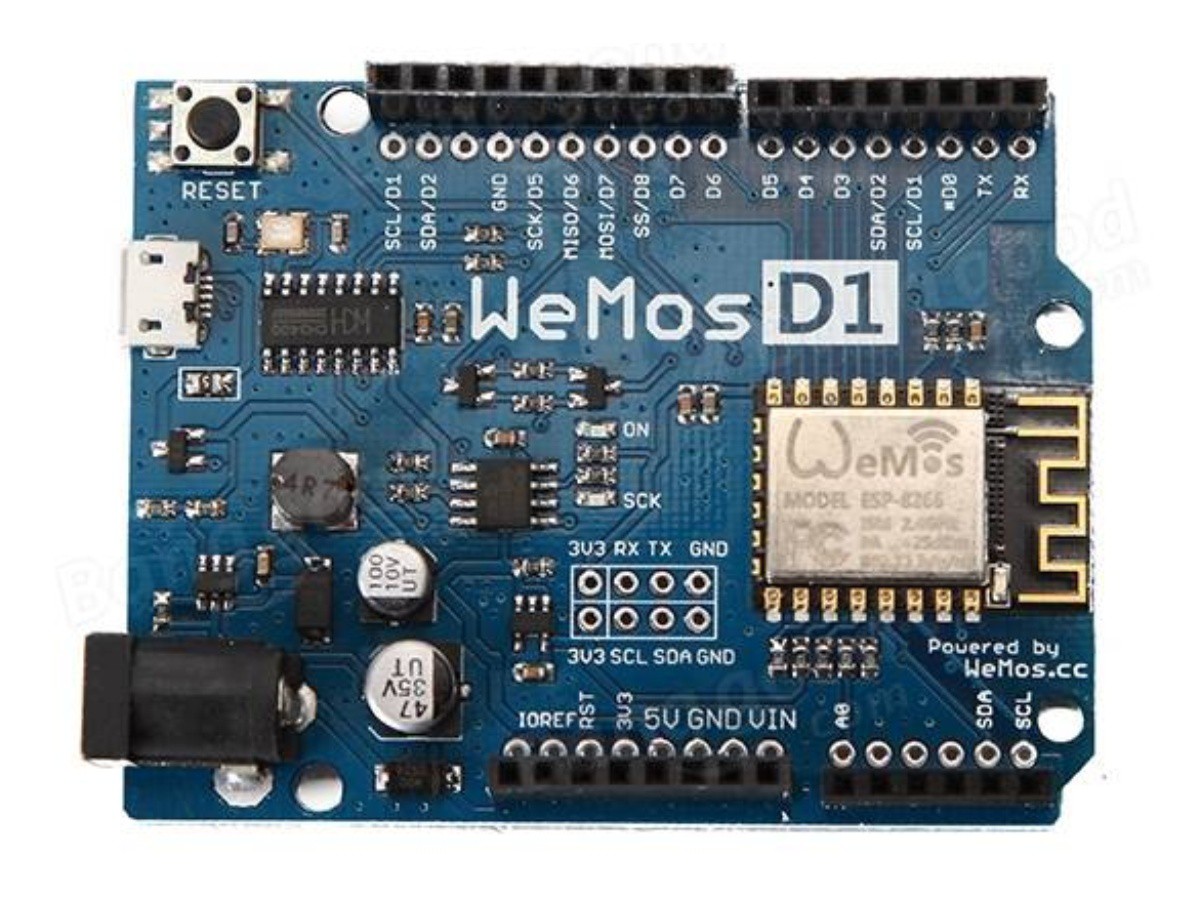
Finally the oldest ESP modules I have, a couple of AI-Thinker ESP-01 8266 modules. As the number indicates, this was an early module. They can be plugged into relay modules like the one below. I was hoping to control power to things wirelessly.
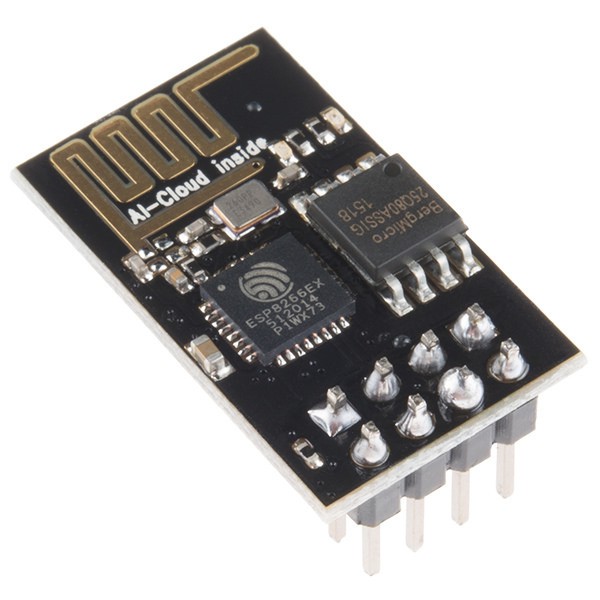
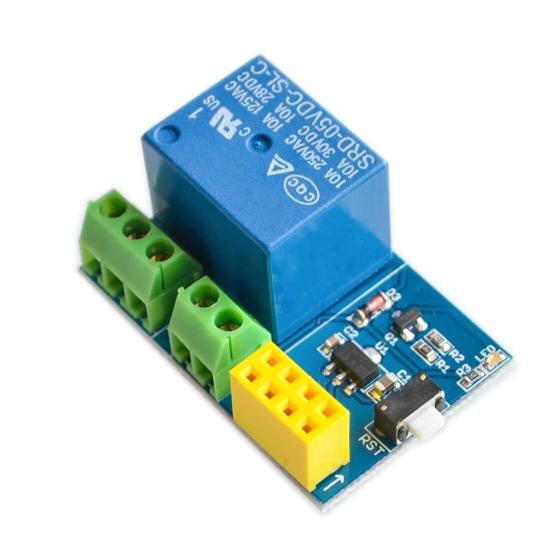
One remarkable thing about ESP modules is how much flash memory they have compared to usual MCUs, ranging from 512 kB to several MB. Sometimes a small filesystem is put on the flash. They are actually more like SoCs than bare MCUs.
 Ken Yap
Ken Yap
Discussions
Become a Hackaday.io Member
Create an account to leave a comment. Already have an account? Log In.